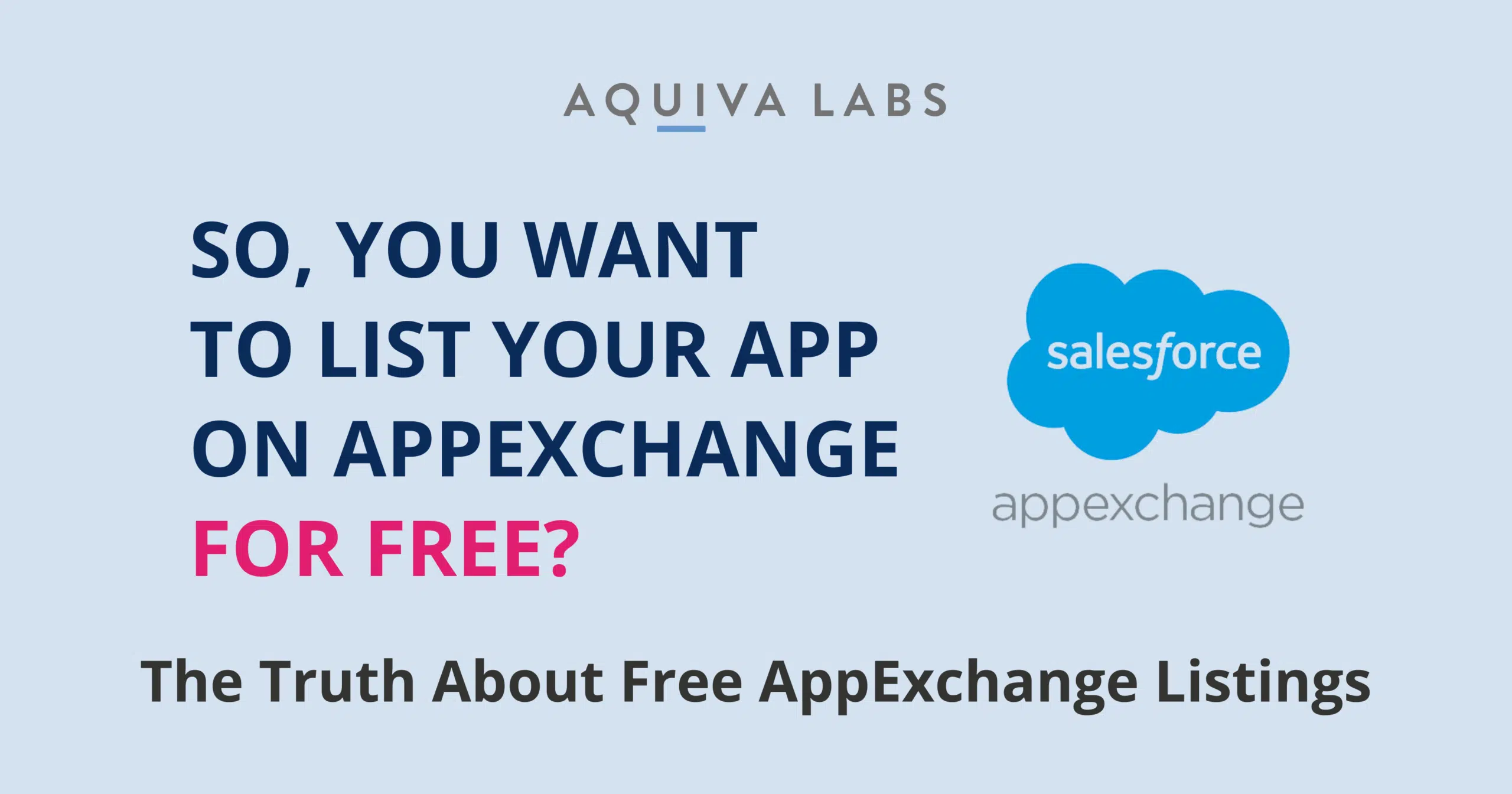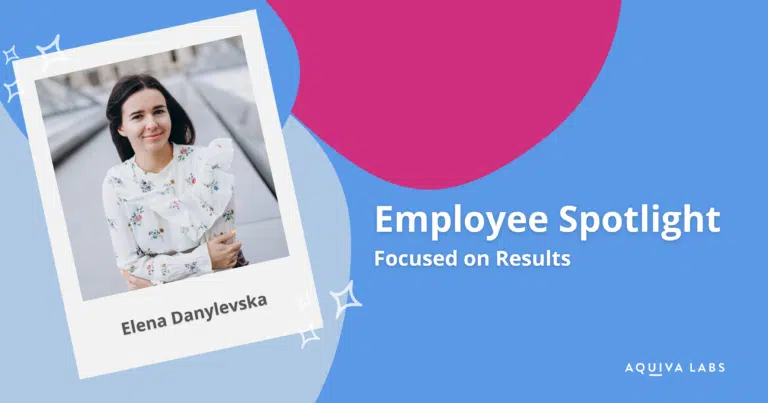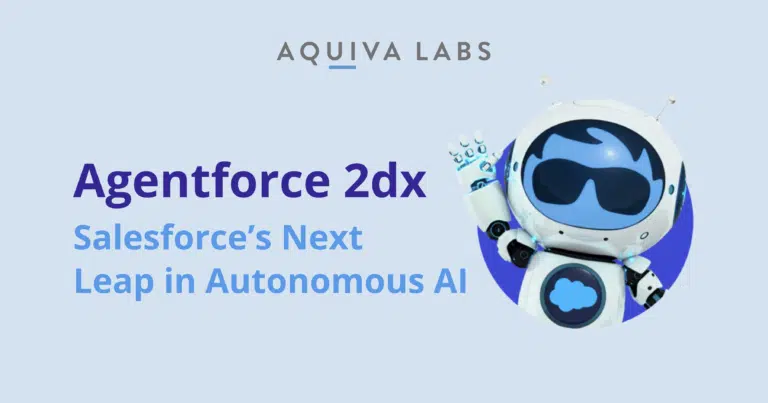If you’re considering becoming a Salesforce ISV (Independent Software Vendor) partner, you’ve probably wondered about the different listing options available on the AppExchange. One of the most common questions I encounter is about listing applications for free. While it might seem straightforward at first glance, the reality is more nuanced than many developers expect.
Understanding AppExchange Listing Options
The AppExchange publishing console currently offers four distinct listing options:
- Free
- Paid
- Paid Add-On Required
- Freemium
While the Paid option is relatively straightforward (you charge users directly for your application), and Freemium follows the familiar model of offering basic features for free with premium capabilities at a cost, the distinction between Free and Paid Add-On Required often causes confusion among prospective partners.
The Truth About "Free" Applications
Here’s where things get interesting – and where many ISV partners encounter unexpected challenges. Salesforce’s definition of a free application is remarkably strict, and it’s worth understanding the full implications before you decide on your listing strategy.
According to the Salesforce Partner Program Policies Page 11, AppExchange Partner Categories section:
“An application is only a free application for the purposes of these Program Policies if the applicable customer can install and/or access and make full use of all of the features and capabilities of the application without paying Partner fees of any kind. A Partner application that integrates to or makes use of any application, service or other product for which Partner collects fees is not a free application. (For example, an application is not a free application if it is provided under a “freemium” payment model or if it requires purchase of another application from the applicable Partner.) SFDC reserves the right in its sole discretion and at any time to determine whether an application is a free application for the purposes of these Program Policies.”
Let’s digest the above a bit. A genuinely free application –in Salesforce’s eyes– must meet the following criteria:
– Users can install and access 100% of the application’s features without paying any fees to the partner
– The application doesn’t require integration with any paid services or products
– Users don’t need to be existing customers of your company
– All features and capabilities must be fully functional without any external purchases
In other words, if your application requires payment of any kind, it doesn’t qualify as “free” in Salesforce’s eyes.
The Reality Check
Here’s a surprising truth: the vast majority of applications that you might think should be “free” actually fall under the “Paid Add-On Required” category. This includes:
– Applications that integrate with external paid services owned by the Partner
– Tools that require a subscription to your main product
– Solutions that need paid API access
– Apps that require payment for full functionality
Understanding "Paid Add-On Required"
This category is defined by Salesforce as solutions where “Customers must pay for a product or service that is external to Salesforce for this solution to work.” This is actually the appropriate category for most integrations and tools that connect to external services.
What many prospective partners don’t realize is that choosing this category typically requires a commercial agreement with Salesforce, including revenue sharing arrangements. Yes, even if the AppExchange listing itself is free, Salesforce may seek a portion of the revenue from your external service if it’s required for the app to function.
Recent Policy Enforcement Changes
It’s worth noting that Salesforce has recently become more stringent in enforcing these policies. You might see existing applications that appear to violate these guidelines (Salesforce is cracking down on these as well), in addition to new applications being held to these standards more strictly at the outset. The increased scrutiny we’ve witnessed makes it crucial to understand and comply with Salesforce’s requirements from the start, easing your AppExchange journey and preventing partnership complications from arising in the future.
Making the Right Choice
When preparing to list your application, consider these key questions:
- Can users access every feature without any payment?
- Does your app integrate with or require any paid services?
- Do users need to be existing customers of your company?
- Are there any hidden costs or requirements?
If you answered “yes” to any of these questions, your application likely doesn’t qualify for a free listing.
Next Steps for Prospective ISV Partners
If you’re planning to list your application on the AppExchange, here are some recommended steps:
- Review your application’s functionality and dependencies
- Be honest about any external services or payments required
- Consult with a Salesforce Partner Account Manager early in the process. Pro tip: If you’re considering a free app, create a free listing ASAP. This will often prompt a member of the ISV Sales team to reach out and validate your choice.
- Plan for potential revenue-sharing discussions if your app requires external paid services
- Document your application’s complete functionality and commercial requirements clearly
- Consider partnering with experienced Salesforce development experts – PDOs (don’t know what this means? Keep reading!) and NOT SIs.
That last point deserves special attention. Building a successful AppExchange solution requires more than just technical expertise – it demands a deep understanding of Salesforce’s ecosystem and the customer base, product development, security and scalability best practices, and so much more. Many successful ISVs work with Product Development Outsourcers (PDOs) to ensure their applications are built for long-term success. For instance, Aquiva Labs, recognized by Salesforce as the leading PDO in both American and European markets, has helped numerous ISVs navigate the complexities of AppExchange development and deployment while ensuring their solutions meet all technical and business requirements.
The Bottom Line
While the strict definition of “free” might seem challenging, it’s important to remember that the AppExchange offers multiple listing options to accommodate different business models. The key is choosing the right category from the start and being transparent about your application’s requirements.
Remember, the goal isn’t just to get listed on the AppExchange – it’s to build a sustainable business within the Salesforce ecosystem while maintaining clear expectations with your users and Salesforce itself.
Whether you choose to list your application as Free, Paid, Paid Add-On Required, or Freemium, understanding these distinctions will help you navigate the partner onboarding process more smoothly and avoid potential complications down the line.
Have Questions? Get in Touch Below!
Written by:

Alex Bariyev
SVP, Strategy & Partnerships

Greg Wasowski
VP, Solution Consulting & Industry Advisory

Michael Holt
Head Architect, PDO Practice




